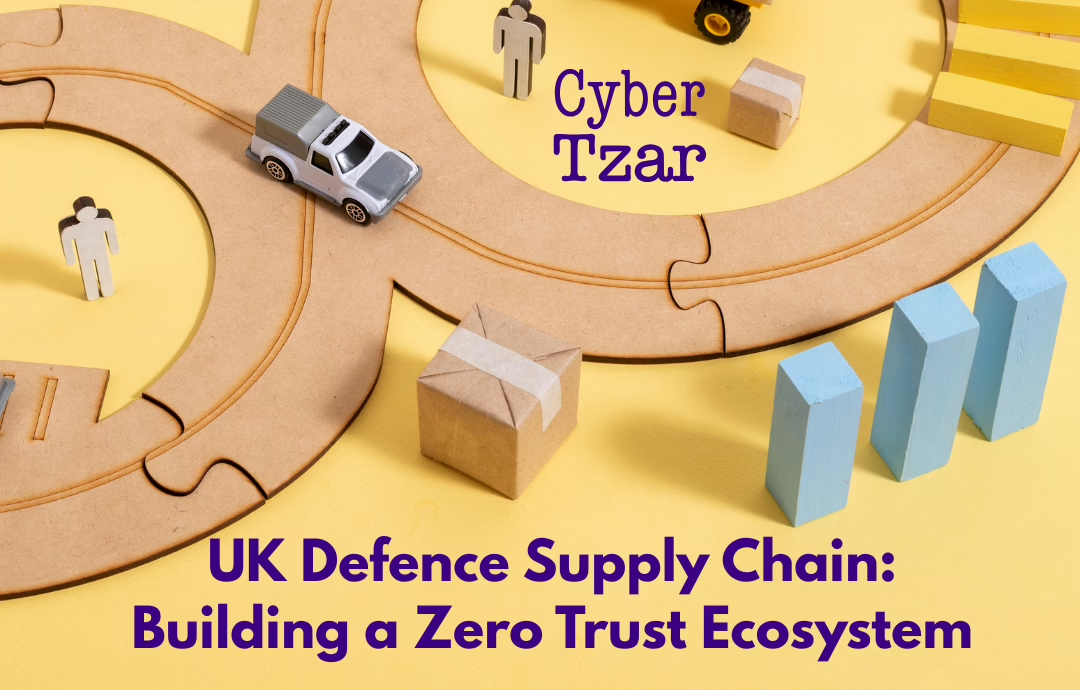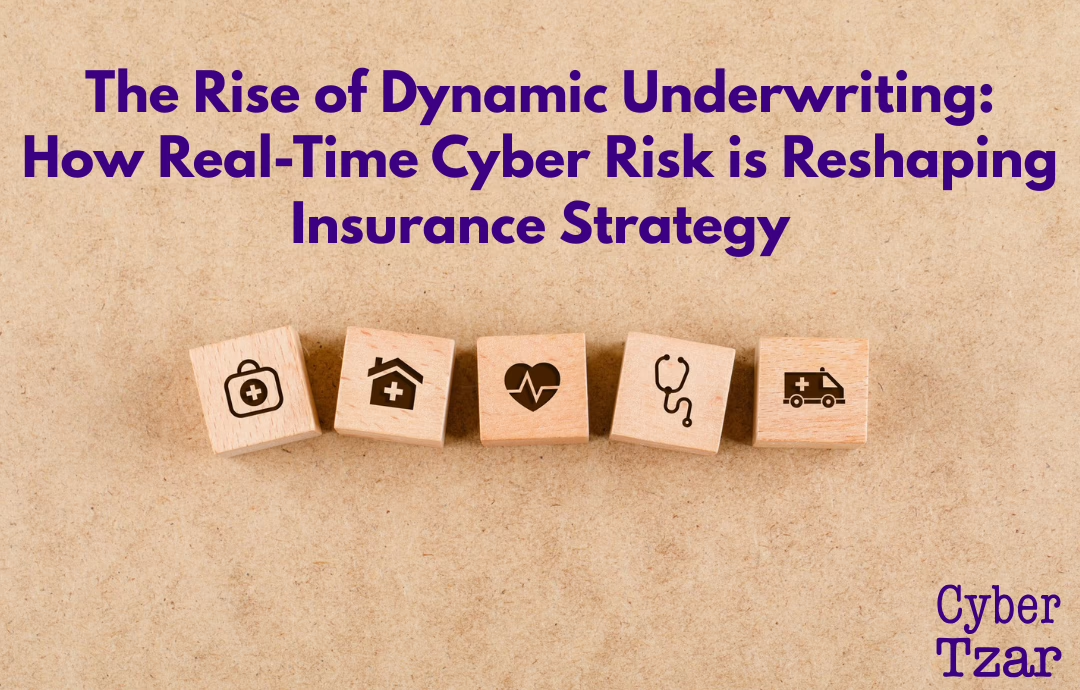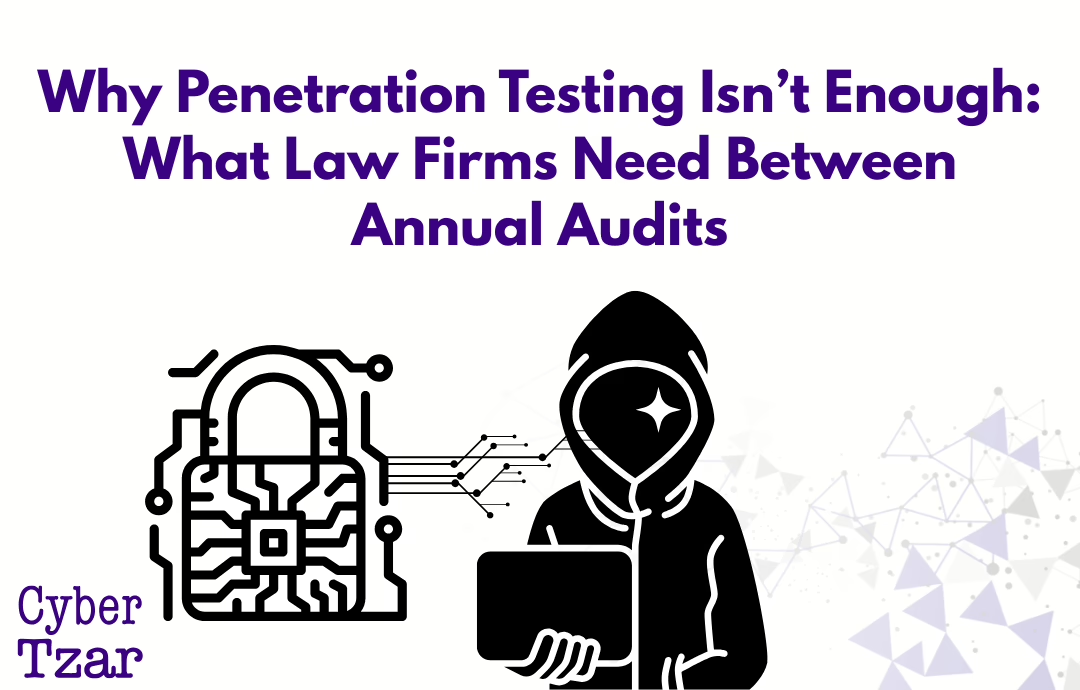The UK defence sector is one of the most targeted environments in cyberspace — and it’s not just the primes that are in the crosshairs.
Attackers increasingly go after the supply chain: small subcontractors, niche technology providers, consultants, and logistics partners. The logic is simple — why storm the front gates when you can come in through the side?
That’s why the Ministry of Defence (MOD) and leading defence contractors are now turning to one principle above all others:
🔐 Zero Trust.
What Is Zero Trust — Really?
Zero Trust isn’t a product. It’s a mindset. A security approach that assumes no user, system, or connection should be trusted by default — even inside the network.
The key tenets include:
-
🔍 Verify every user – regardless of role, location, or device
-
🧱 Segment access – limit what users and systems can reach
-
🚦 Monitor continuously – watch for anomalies, not just known threats
-
🔐 Assume breach – and design your response accordingly
For the defence sector, Zero Trust is not just modern thinking — it’s an operational necessity.
Why Zero Trust Matters to the Supply Chain
The UK’s defence supply chain is deep and wide — comprising thousands of SMEs, academic partners, and commercial vendors. And in practice:
-
Many have legacy IT environments
-
Few are resourced for full-time security leadership
-
Most do not continuously monitor cyber risk
-
Some may not even realise they’re targets
Yet every one of these partners can hold or access sensitive data, MOD contract details, or even classified systems. That’s why Zero Trust must extend beyond the prime, into the full network of suppliers and collaborators.
From Principles to Practice
How can defence suppliers — especially SMEs — begin to adopt a Zero Trust approach?
-
Apply least privilege access – Staff and contractors should only access what they need, no more.
-
Use MFA everywhere – Multi-Factor Authentication is a must, not a maybe.
-
Segment your network – Stop ransomware or attackers moving laterally.
-
Scan for vulnerabilities regularly – Know what’s exposed before it’s exploited.
-
Track supplier and third-party risk – Especially if they host, process, or access your data.
How Cyber Tzar Helps Defence Suppliers Implement Zero Trust
At Cyber Tzar, we provide the tools needed to make Zero Trust practical — even for small and mid-sized defence suppliers.
✅ Scan your public-facing systems for exposure
✅ Benchmark your risk profile against others in the defence sector
✅ Monitor your supplier ecosystem for cyber hygiene and misconfigurations
✅ Track improvement over time — and support Cyber Essentials, NIST, and DEFCON compliance
Zero Trust isn’t about locking everything down. It’s about knowing who’s in, what they can do, and how you’ll respond when (not if) something goes wrong.
🔗 Want to see how your defence organisation maps against Zero Trust principles?
Start with a supply chain scan at cybertzar.com



